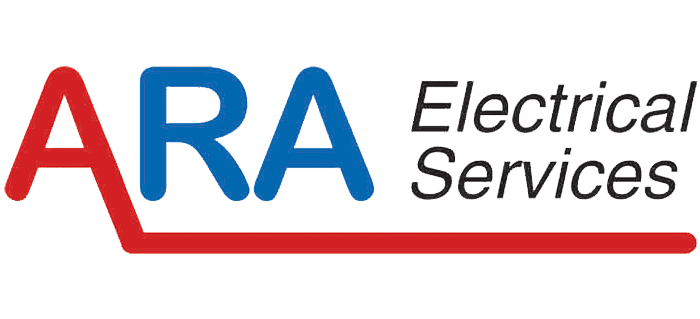Demystifying the Hazardous Area Dossier: A Comprehensive Guide for Safety Compliance
Introduction
In the complex and dynamic landscape of industrial safety, managing hazardous areas is a critical priority. As industries navigate regulations and standards to ensure compliance and mitigate risks, the concept of a hazardous area dossier emerges as a vital tool. In this blog post, we’ll delve into what a hazardous area dossier entails, its significance in safety management, and how it contributes to a culture of compliance and accountability.
Understanding the Hazardous Area Dossier:
A hazardous area dossier, often referred to as a hazardous area register or file, is a comprehensive repository of documentation pertaining to hazardous areas within an industrial facility. It serves as a centralized resource containing essential information related to the identification, assessment, management, and mitigation of hazards associated with flammable gases, vapours, combustible dusts, and ignitable fibres.
Key Components of a Hazardous Area Dossier:
- Hazardous Area Classification Reports: These reports document the classification of hazardous areas within the facility, identifying zones where explosive atmospheres may occur and specifying the nature and extent of the hazards present.
- Risk Assessments: Risk assessment documents evaluate the potential consequences of hazardous events within classified areas, considering factors such as ignition sources, material properties, operating conditions, and personnel exposure.
- Equipment Specifications and Certifications: The dossier includes detailed information on electrical and mechanical equipment installed in hazardous areas, including specifications, certifications, and compliance with relevant standards such as AS/NZS 60079 series for electrical equipment.
- Maintenance Records: Maintenance logs and records provide a history of inspections, testing, maintenance activities, and repairs conducted on equipment and systems within hazardous areas, ensuring their continued integrity and reliability.
- Training Records: Documentation of employee training and competency assessments related to hazardous area awareness, safety procedures, and emergency response protocols ensures that personnel are adequately prepared to work safely in these environments.
- Audit Findings and Compliance Reports: Reports from internal and external audits, inspections, and compliance assessments serve as evidence of adherence to regulatory requirements and industry best practices.
Significance of a Hazardous Area Dossier:
- Regulatory Compliance: Maintaining a comprehensive hazardous area dossier helps organizations comply with regulatory requirements imposed by agencies such as Safe Work Australia, ensuring that safety standards are met and regulatory obligations are fulfilled.
- Risk Management: By centralizing information on hazardous areas and associated risks, the dossier enables organizations to proactively identify, assess, and mitigate hazards, reducing the likelihood of incidents and enhancing overall risk management practices.
- Operational Efficiency: Access to accurate and up-to-date information facilitates informed decision-making regarding equipment selection, maintenance scheduling, operational procedures, and emergency preparedness, contributing to operational efficiency and continuity.
- Accountability and Transparency: The dossier fosters accountability among stakeholders by providing transparency into hazard identification, risk assessment, and control measures, enhancing trust and confidence in safety management practices.
- Continuous Improvement: Regular review and update of the hazardous area dossier allow organizations to adapt to evolving regulatory requirements, technological advancements, and operational changes, fostering a culture of continuous improvement in safety management.
Conclusion
In the pursuit of safety excellence and regulatory compliance, the hazardous area dossier emerges as a fundamental tool for industrial organizations. By consolidating critical information on hazardous areas, risks, and control measures, the dossier empowers organizations to effectively manage hazards, enhance operational safety, and protect personnel and assets. Investing in the development and maintenance of a comprehensive hazardous area dossier demonstrates a commitment to safety excellence and reinforces the importance of proactive risk management in industrial environments.



